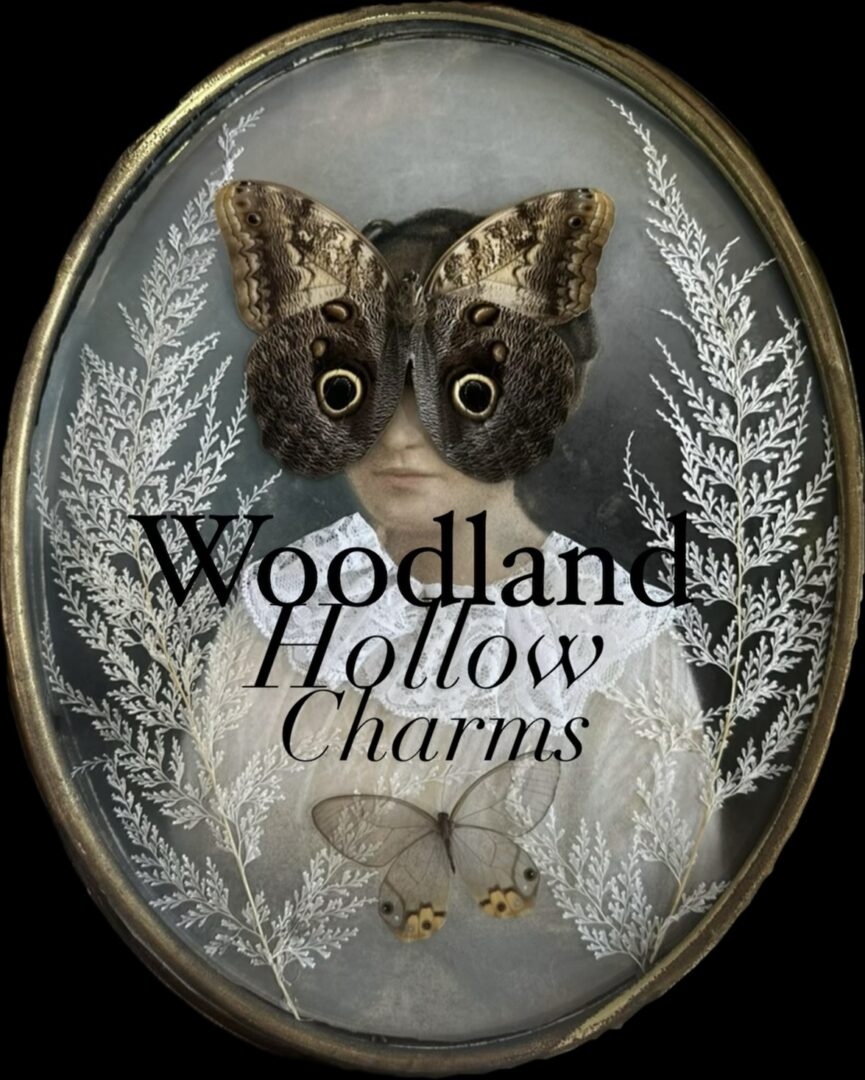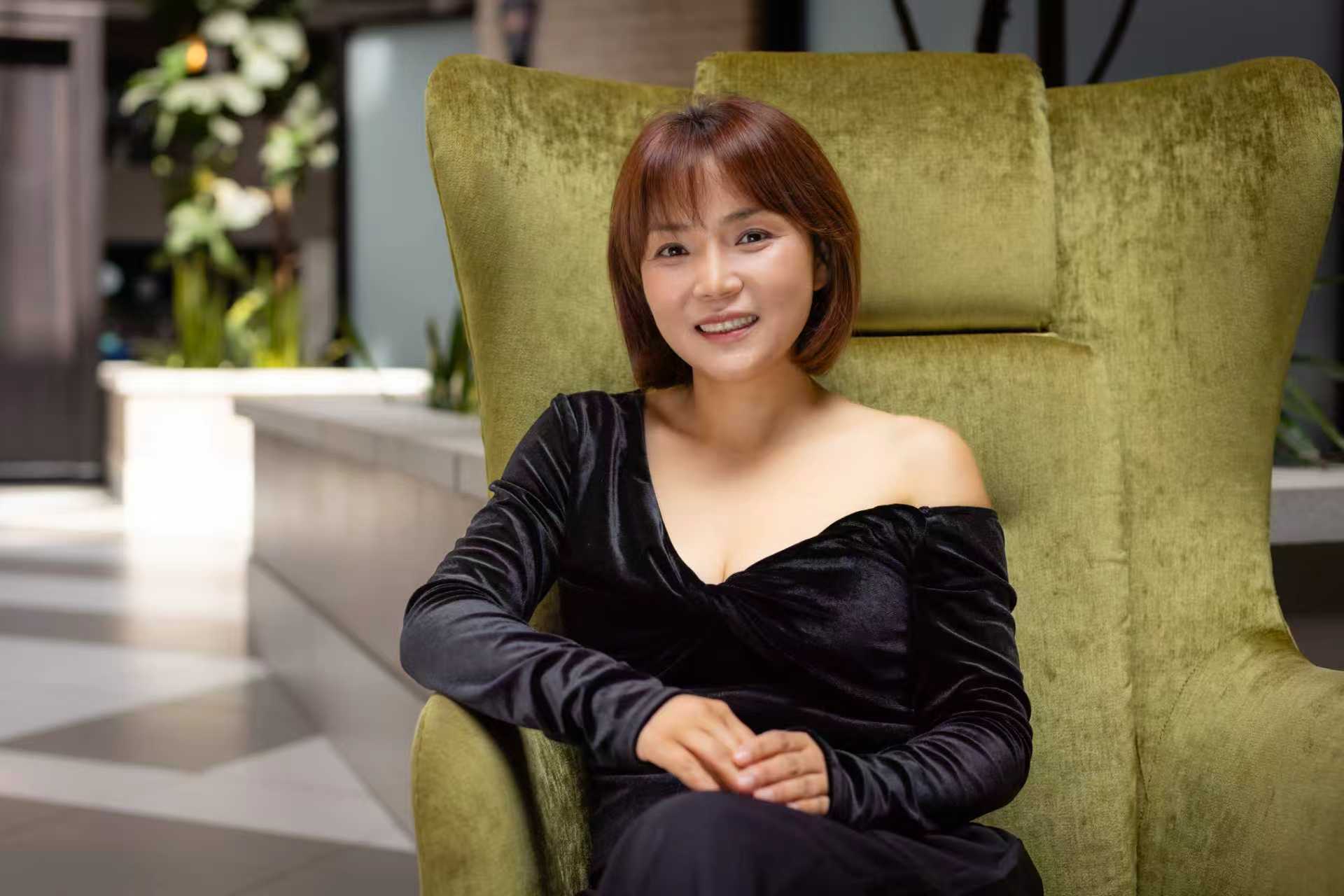We caught up with the brilliant and insightful Dana Parsons a few weeks ago and have shared our conversation below.
Dana, looking forward to learning from your journey. You’ve got an amazing story and before we dive into that, let’s start with an important building block. Where do you get your work ethic from?
Honestly, from a mix of curiosity, grit, and love for what I do, and it’s something I have built overtime. I’ve always had this drive to understand how things are made — to take something ordinary, forgotten, or natural and turn it into something meaningful. That curiosity keeps me up late learning, experimenting, or refining until it feels right.
But a big part of my work ethic comes from respect — for the materials I use, for the creatures I preserve, and for the people who connect with my art. There’s a responsibility in that. Every piece deserves my best effort because it carries a bit of story, history, and care.
And, truthfully, Woodland Hollow Charms was built on persistence. Nothing about running a small art business is easy. You keep going because you can’t not — because creating is how you breathe, and every challenge just becomes another layer of the process.
It’s something I’ve built over time, right alongside my craft. My work ethic grew out of a deep fascination that teaches me something new. I’m constantly researching preservation methods, refining my handling techniques, studying scientific pinning practices, and testing materials until they match the vision in my head. That ongoing curiosity — and respect for the process — has shaped both my skill and my discipline.
I think real craftsmanship develops in the moments when no one’s watching — when you’re sitting at your workbench long after midnight, adjusting the tiniest detail because you know it matters. That’s where my work ethic comes from: a mix of patience, reverence, and the drive to keep evolving as both an artist and a student of nature.
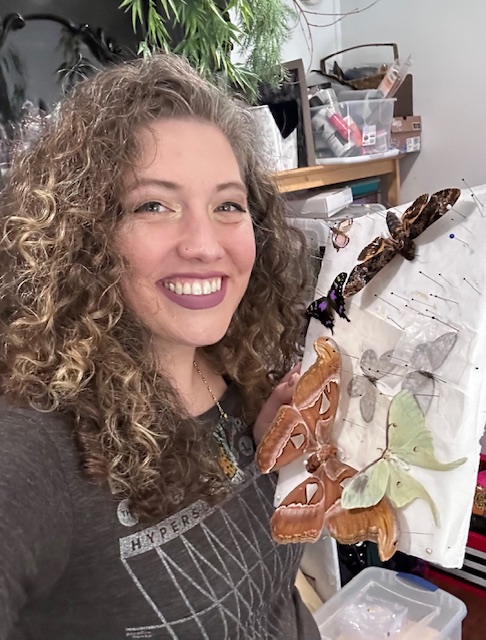
Let’s take a small detour – maybe you can share a bit about yourself before we dive back into some of the other questions we had for you?
Woodland Hollow Charms began as a way to honor the beauty and impermanence of nature. What started as a fascination with collecting small curiosities and oddities — wings, bones, botanicals, and forgotten fragments — has grown into a space where art, science, and reverence coexist.
My work centers around preserving real specimens and natural elements through methods that balance scientific precision with artistic storytelling. I create intricate displays, jewelry, and one-of-a-kind pieces that celebrate both life and decay — each handled with deep care, respect, and curiosity.
One of the most exciting directions my work has taken recently is the development of a new line of glowing real florals and insect specimens. These pieces are charged by light and reveal a soft, ethereal luminescence in the dark — a visual reminder that even in stillness, there’s energy and wonder. This glowing collection extends into handcrafted jewelry, where preserved nature becomes wearable art infused with subtle radiance and magic.
What truly inspires me is connection — seeing how people respond to these small fragments of the natural world and how they find meaning in them. Every piece I create carries a sense of story, of transformation — something once fleeting, made timeless through care and craft.
Right now, I’m also expanding Woodland Hollow Charms into new offerings, including limited pinning and preservation workshops, where participants can experience the process firsthand and connect more deeply with the artistry of natural history. I’m especially excited for our upcoming Day of the Dead live sale, which will feature rare specimens, vintage pieces, glowing creations, and objects that bridge the line between the natural and the mystical.
At its heart, Woodland Hollow Charms is about honoring what was once alive — transforming fragility into legacy, and finding light in the quiet spaces between life, art, and memory.
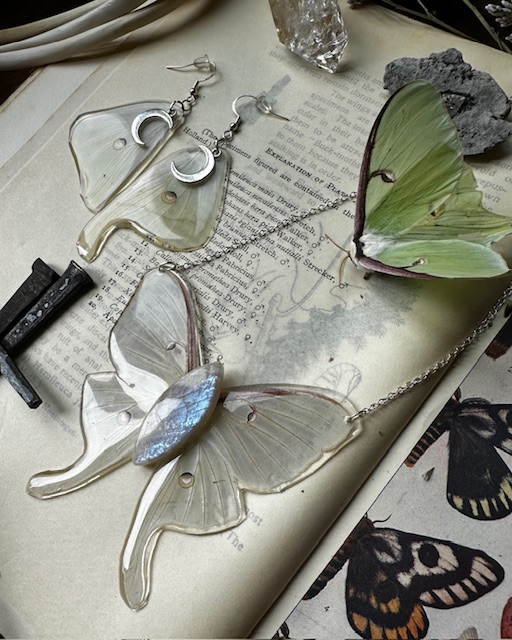
There is so much advice out there about all the different skills and qualities folks need to develop in order to succeed in today’s highly competitive environment and often it can feel overwhelming. So, if we had to break it down to just the three that matter most, which three skills or qualities would you focus on?
Three Most Important Qualities, Skills, and Areas of Knowledge
Looking back, I think the three things that shaped my journey the most are curiosity, patience, and craftsmanship.
Curiosity has always been the driving force behind Woodland Hollow Charms. I’ve never stopped asking “How does this work?” or “What would happen if I tried this differently?” That willingness to experiment and keep learning — whether it’s researching preservation techniques, studying anatomy, or testing materials — has been essential. For anyone just starting out, nurture your curiosity like it’s part of your daily practice. Don’t be afraid to fail; failure is just a step in the process of discovery.
Patience might be the most undervalued skill in any creative or scientific pursuit. Working with natural specimens requires time, precision, and respect for the process — from preparing, preserving, and drying to assembling and refining. It’s not fast work, and that’s what makes it meaningful. My advice is to slow down enough to fall in love with the details. Mastery doesn’t happen in big leaps, it happens in the quiet, repetitive moments.
And finally, craftsmanship — the dedication to doing something well for the sake of beauty, integrity, and respect. I’ve spent years refining my techniques, learning how to honor each material and specimen so the finished piece feels balanced and alive. My best advice here is to build your skills intentionally: invest time in learning the foundations, study those who inspire you, and practice with purpose.
At its core, my work — and the growth that’s come with it — has been about finding harmony between science and art, patience and instinct, preservation and transformation. Those three qualities — curiosity, patience, and craftsmanship — continue to guide everything I create.
If you’re just starting out, my best advice is to let your learning be driven by curiosity rather than perfection. Ask questions, experiment constantly, and allow yourself to make mistakes — that’s where the real growth happens. Every misstep teaches you something valuable about your materials, your process, and yourself.
For patience, remember that mastery takes time. Don’t rush the stages that feel slow or repetitive — they’re the foundation of everything that follows. Learn to find peace in the process, not just the outcome. The work you create will deepen naturally as you give it more of your time and care.
And when it comes to craftsmanship, treat it like a relationship you build over years. Study your tools, respect your materials, and don’t settle for “good enough” when you know it can be great. Focus on doing things with intention, even if no one sees the effort behind it — that’s where integrity as an artist lives.
Lastly, surround yourself with inspiration but resist comparison. Everyone’s journey unfolds at its own rhythm. The most lasting skill you can develop is trusting your own eye, your own hands, and your own pace.

All the wisdom you’ve shared today is sincerely appreciated. Before we go, can you tell us about the main challenge you are currently facing?
My Biggest Challenge
My number one challenge right now is imposter syndrome — that quiet voice that asks, “Who am I to do this?” even when I know how much time, care, and study I’ve put into my work. As an artist who blends science and creativity, it’s easy to feel like I exist in the in-between — not “enough” of one or the other.
I’ve learned that imposter syndrome doesn’t disappear, but it can be managed. I try to meet it with honesty and compassion instead of resistance. When those doubts show up, I remind myself of the dedication and growth behind every piece I create — all the late nights, the research, the evolution of my craft. I also keep a folder of messages from customers and collectors who share how my work has touched them; reading those reminds me that the connection is real, even when my confidence wavers.
Most importantly, I’ve stopped waiting to feel “ready.” I create anyway. I teach anyway. I share anyway. Because I’ve realized that confidence doesn’t come before the work — it comes through it. Every time I push past that doubt, I strengthen both my art and my belief in myself.
Contact Info:
- Website: https://www.woodlandhollowcharms.com
- Instagram: https://www.instagram.com/stories/woodlandhollowcharms/
- Facebook: https://www.facebook.com/people/Woodland-Hollow-Charms/100090457999214/
- Other: tiktok: https://www.tiktok.com/@woodlandhollowcharms
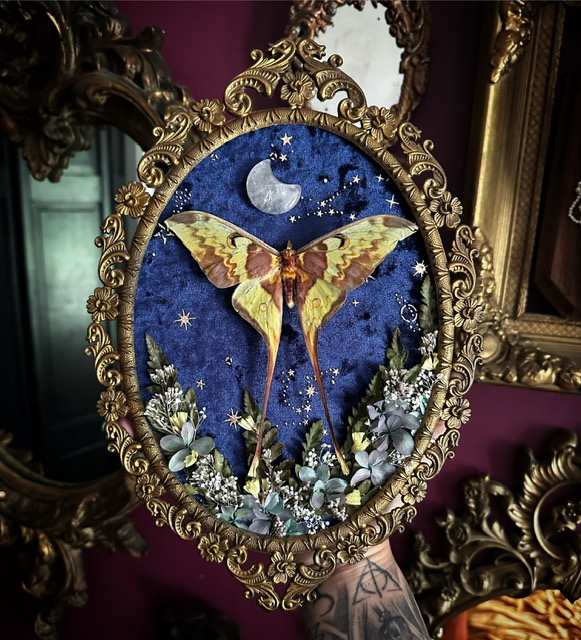
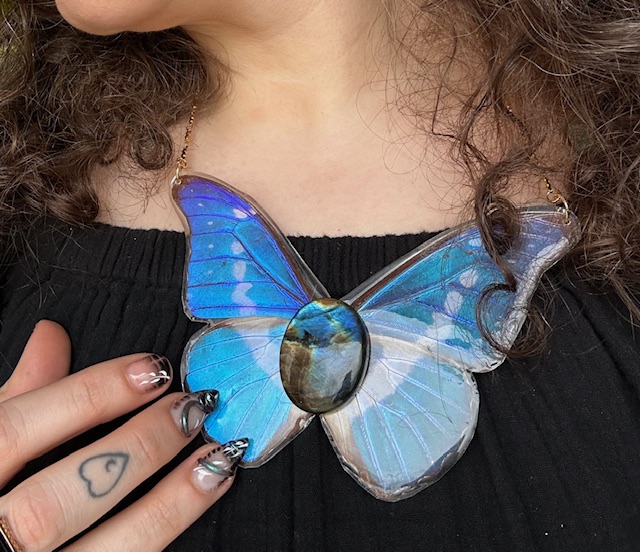

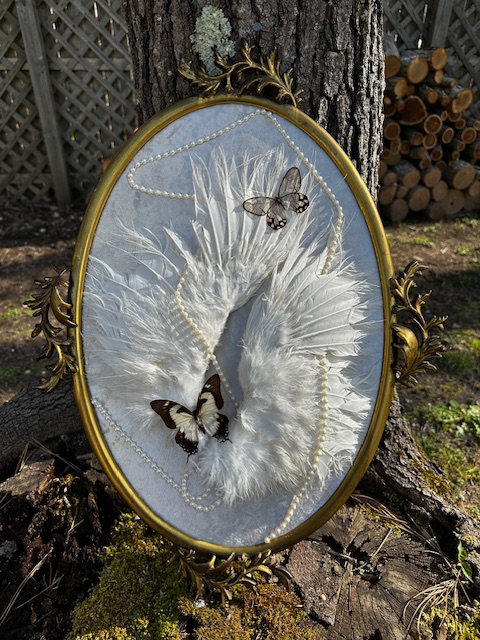
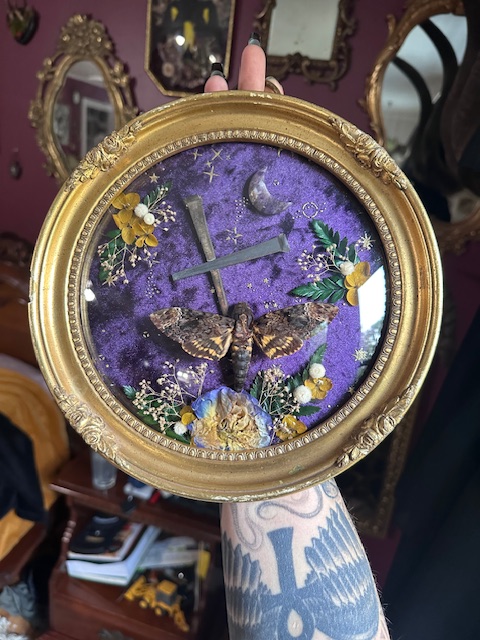

Image Credits
I took all photos personally.
so if you or someone you know deserves recognition please let us know here.

